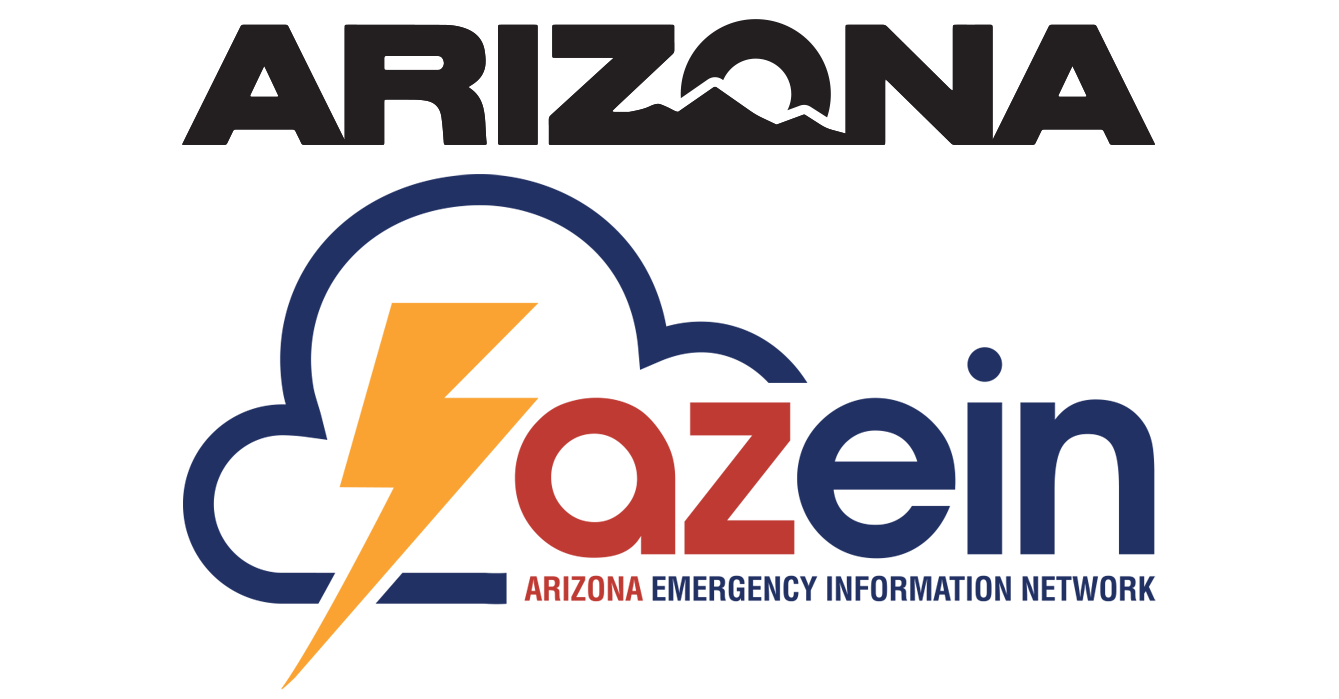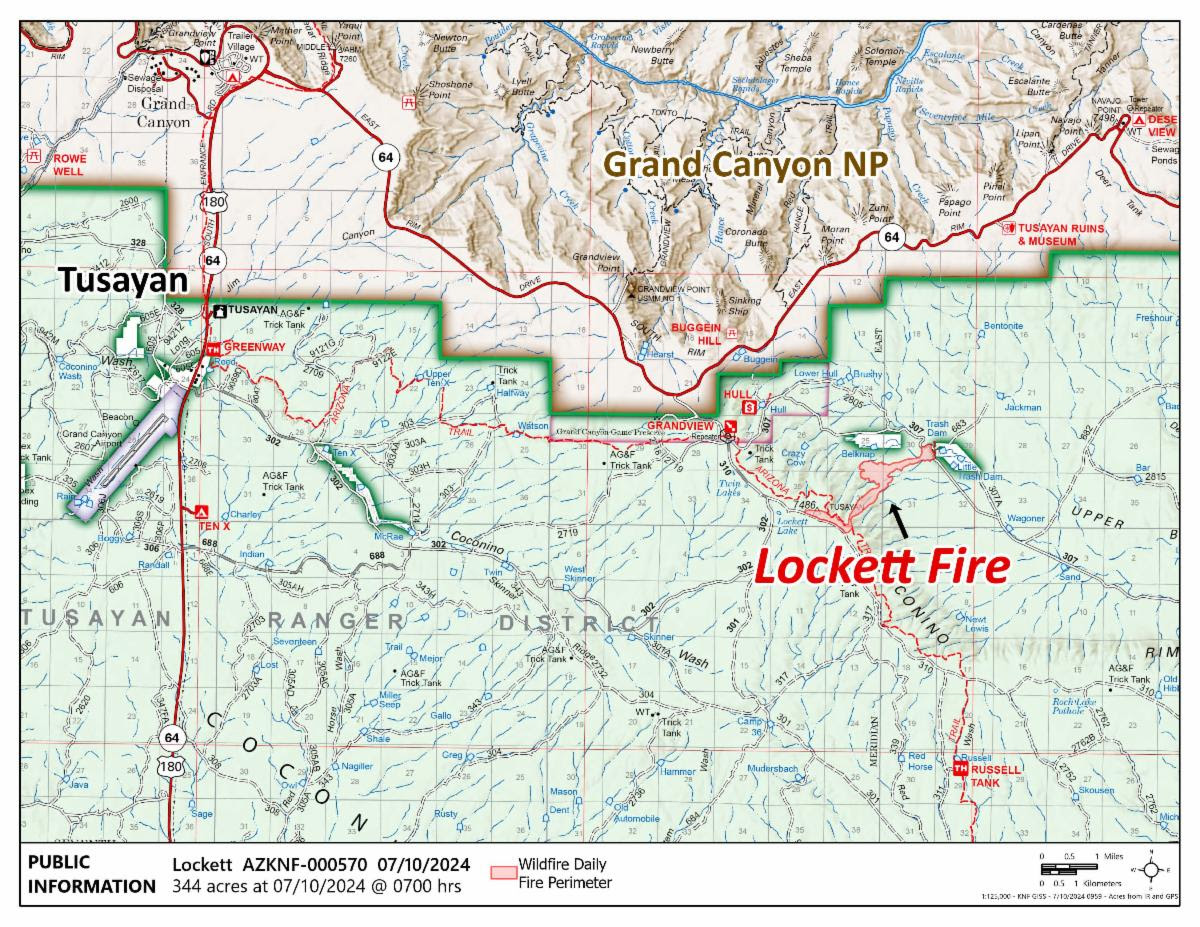Aerial ignitions begin on Lockett Fire
Cooler temperatures, increasing humidity, and light winds to the south allowed fire crews to begin tactical firing operations along the eastern end of the Lockett Fire planning area perimeter yesterday evening, treating 274 acres of forest landscape with low-severity fire. The applied fire moved slowly across the forest floor, consuming pine needle duff, dead-and-down woody debris, and some standing snags.
Crews are resuming firing operations this morning along Forest Roads 307 and 310. To reduce risk to ground crews from heat and hazardous terrain, a helicopter will be utilized for aerial ignitions of the interior of the planning area. A Temporary Flight Restriction (TFR) has been established close around the Lockett Fire to minimize impact upon local flight tour services of the Grand Canyon while providing safety for air and ground fire crews. Drones are not permitted in the vicinity of a wildfire as unauthorized drones pose serious risks to firefighter safety. Remember, if you fly, we can’t.
Once ignitions begin, smoke will be visible from forest roads in the vicinity of the fire, along State Route 64/East Rim Drive within Grand Canyon National Park, and the Town of Tusayan. Winds are expected to carry smoke to the south during the day, settling into low-lying areas overnight.
The National Weather Service forecast for this week calls for slightly cooling weather closer to the weekend with an increasing chance of afternoon showers and thunderstorms, especially by the weekend and into next week.
Eighty personnel from the USDA Forest Service and National Park Service are currently assigned to the Lockett Fire. The fire is currently a total of 344-acres. The public can expect to see an increase in fire size over the coming days. It’s important to remember that an increase in acres is not an indicator of fire behavior.
Managing naturally caused wildfires across the landscape is a very effective tool in restoring the forest to a healthier condition, and these efforts align with the Forest Service's 10-year Wildfire Crisis Strategy, which aims to increase the use of fire on the landscape as well as other treatments to improve forest resiliency for generations to come.
Additional information can be found on the Kaibab NF website, X, Facebook, Flickr, or by calling the local ranger stations.


